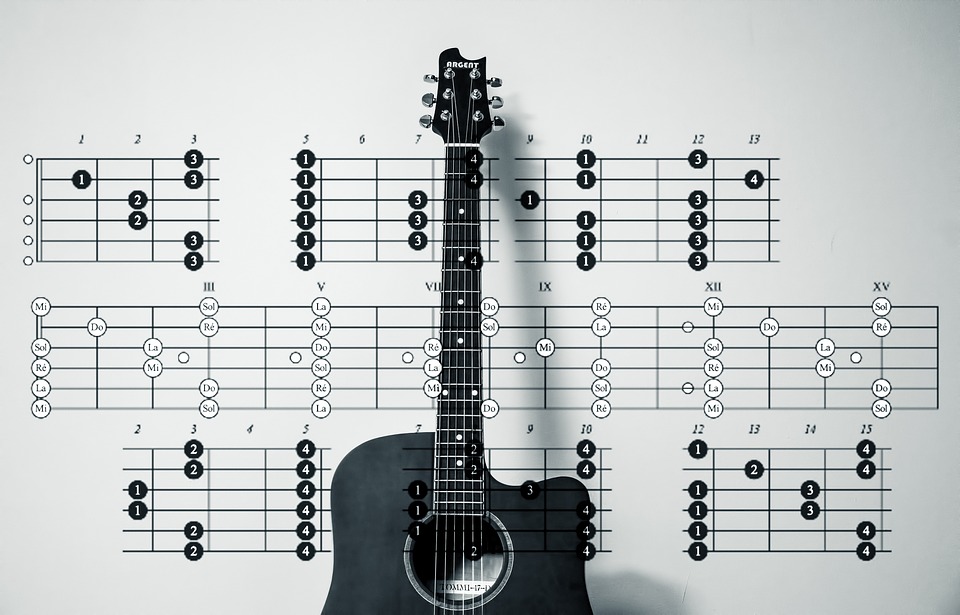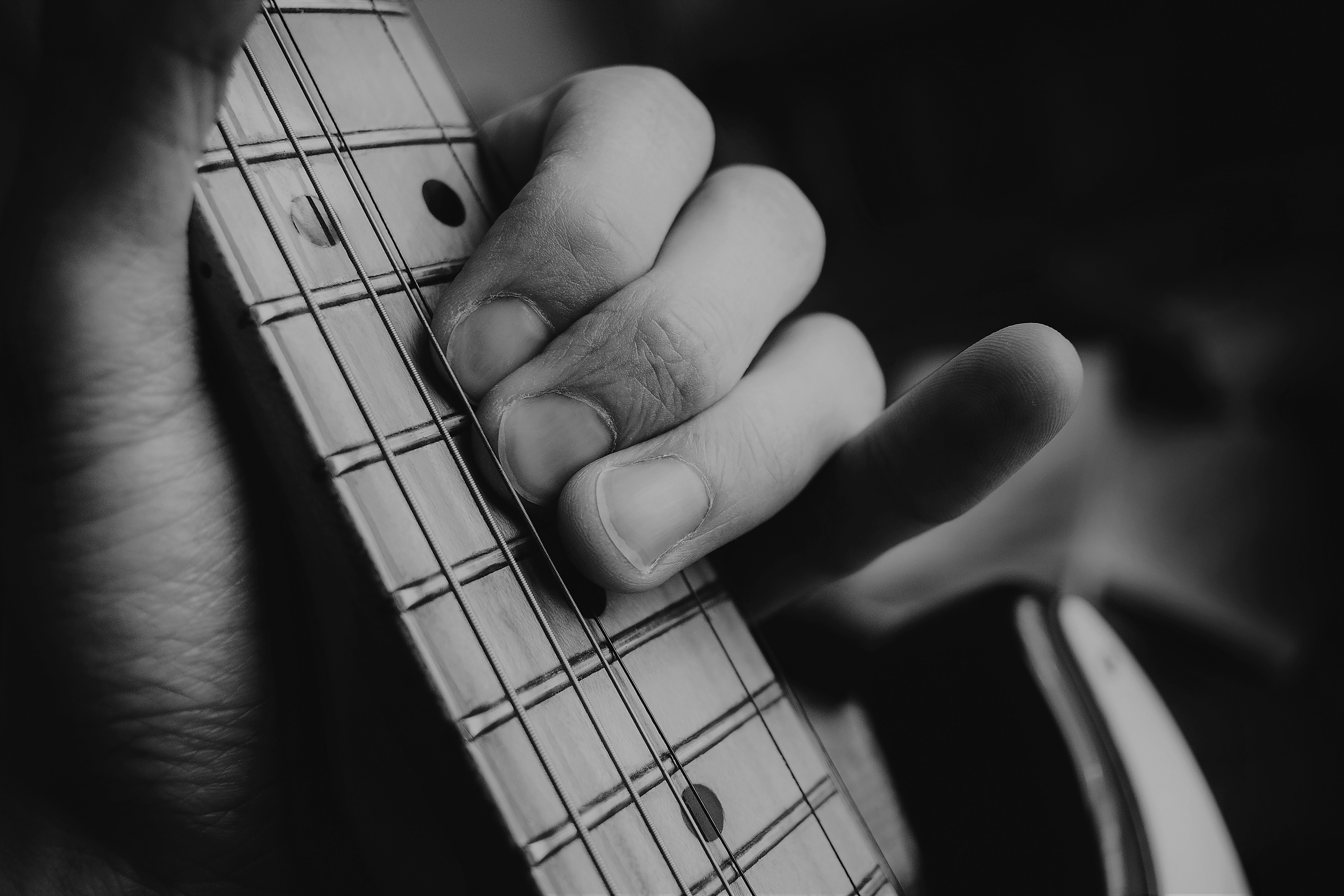One of the most challenging things about learning to use modes is crafting your licks and runs to bring out the flavor each mode has to offer. If you’ve learned the generic major scale patterns there’s a certain amount of unlearning to be done before this can happen. This is due to muscle memory and always playing the pattern from the point of view of the major root; so, in turn you’re always hearing the notes in the scale in relation to that major root, whether you’re conscious of it or not. To break out of this habit, I’ve come up with a simple exercise that helps you bring out the other modes.
What is the Parent Scale Theory?
The essence of the parent scale system is to take a major scale and start and end it on a different note. For example, in F major we have the notes F, G, A, Bb, C, D, E and F. If you start and end the F major scale on Bb you’re playing the Bb Lydian scale. In this system F Major is the parent scale of Bb Lydian. In any given key the modes will always come in the same order: Ionian (Major Scale), Dorian, Phrygian, Lydian, Mixolydian, Aeolian and Locrian.
What are the Advantages?
You should realize that F Major contains the same notes as G Dorian, A Phrygian, Bb Lydian, C Mixolydian, D Aeolian, and E Locrian. This also means that they must all have the same pattern on the fretboard, so if you know your major scale patterns, in theory you know all the modal patterns too.
What are the Disadvantages?
The disadvantage of the parent scale method doesn’t come from the theory itself, it actually stems from practicing major scales up and down from the root all the time. You get so used to hearing the classic do-re-mi scale that when you start it from a different root it takes a while for your ear to cotton on, or you’ll hear this kind of wishy-washy major type sound. To remedy this, you should play the chord associated with the mode, and then play the scale. Your ear needs to believe it’s another scale.
Check out the following diagram. You may recognize it as a pattern from the C major scale but with one major difference: numbers instead of notes or intervals. I’ve deliberately used 4 notes per string to get you out of the patterns a little as what we want to do is trick your ear and stop it relating the notes to C only.

How to Practice:
1. Choose a number from 2 to 7 (2 – Dorian, 3 – Phrygian, 4 – Lydian, 5 – Mixolydian, 6 – Aeolian, 7 – Locrian); this is your new root note.
2. Play the chord associated with the mode to hear it in context:
Ionian – Major Chord (or maj7), Dorian – Minor Chord (or m7), Phrygian – Minor Chord (or m7), Lydian – Major Chord (or maj7), Mixolydian – Major Chord (or 7), Aeolian – Minor Chord (or m7), Locrian – Diminished Chord (or m7b5).
3. Create some licks, phrases and runs, see what you can come up with but make sure you always come back to your chosen number. If you’re having trouble or getting lost, anchor one of your fingers to your chosen number and make sure you always come back to it.
4. Choose another number and repeat the process; you’ll soon be coming up with some interesting stuff.
Try not to use backing tracks as our goal here is to create licks that bring out the sound of the mode without relying too much on the chords.




Your blog is BY FAR the most useful information relating to guitar I’ve ever come across. I am still confused about one thing though. Do I play A Dorian when the rhythm is playing G major? Or when the rhythm is playing A minor. I assume it will be appropriate with either chord. Which will “sound” Dorian? Right now I am just learning the modal shapes and playing that shape over the same chord.
Thank you! I guess it comes down to phrasing. You can play “G Major” over all the chords in the key of G Major and you are technically playing the modes. Now, if the chord progression’s tonal center is Am, you’ll need to phrase your “G Major” around the A as it will have the strongest pull. If your tonal center were “G”, you’d phrase around G. Once it clicks that A Dorian is just G Major starting on A, you’ll get that Dorian sound.